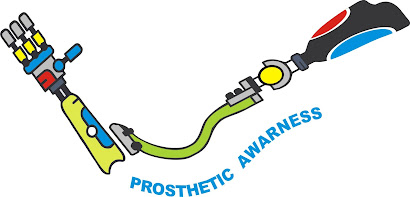what are some goals new amputees should set for them selves ?
Q : what are some goals new amputees should set for them selves ?
What are the benefits of setting goals?
• To help you to define a clear pathway ahead
• To be in control of what you are aiming for
• To guide your team to give you the help you need
• To plan how to achieve certain tasks and work out how long each task may take
• To help keep you motivated
• You can measure your improvement What are SMART Goals? Setting effective goals can be made easier by following a goal setting system. One type of a goal setting system is the SMART system. ‘SMART’ are goals that are:
• Specific
• Measurable
• Achievable
• Resourced and Realistic
• Time sensitive Specific: something that is directly related to what you want, and makes it very clear what needs to be achieved. Measurable: describe what you need to do to achieve this goal. Achievable: something that is realistic, how much time there is, what resources are available to help you achieve your goal. Resourced and Realistic: the goal must be important to you and something that is of benefit to you, your family, and your health. Time sensitive: set a date or target to achieve your goal. How to separate time bound goals? Goals that have a time frame around them usually come as three types. An explanation of these can be found below. Short-term goals These goals include the things that you may achieve in a short space of time. For example, when you first get your prosthesis, having the ability to stand up for short periods of time, and/or managing to walk the length of the parallel bars a number of times. Medium-term goals These goals include the things that may take a little longer to achieve. For example, having the ability to walk the length of a corridor and back again with a walking aid, or getting used to walk around safe areas of your house (like the kitchen) without a walking aid. Long-term goals These goals include things that you will gradually aim to achieve as your confidence with the prosthesis improves over several months. For example, feeling confident enough to walk through a busy shopping centre, using an escalator, going to the supermarket on your own and/or going on a holiday with your family. If you need help setting goals, speak to your therapist who can assist you to work out what is important for you.
NOTE : Hello, I Mahen Pitale, Below Elbow Prosthetic Users, I came across some websites while surfing the internet, which would be very helpful for people who (hand and leg amputees). And here is great information about modification and their parts. And you will be inspired by watching videos of some amputee. This will give you more convenience For this, I thank the company that created the website. This information should reach maximum amputees, it is for this, not to do any business. I request the wheelchair user ,amputees to please drive ,only after doing good practice.





%20(1).jpeg)


Comments
Post a Comment